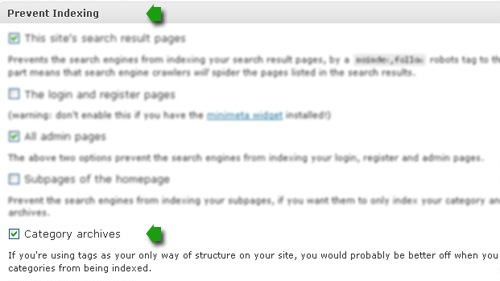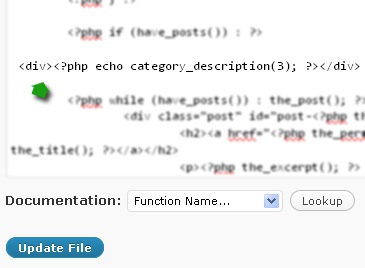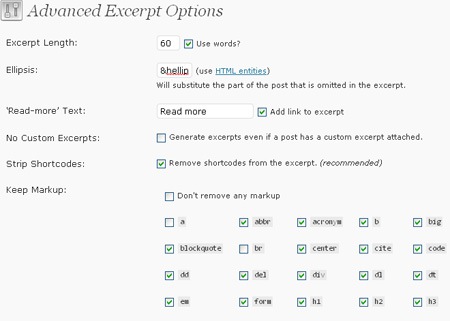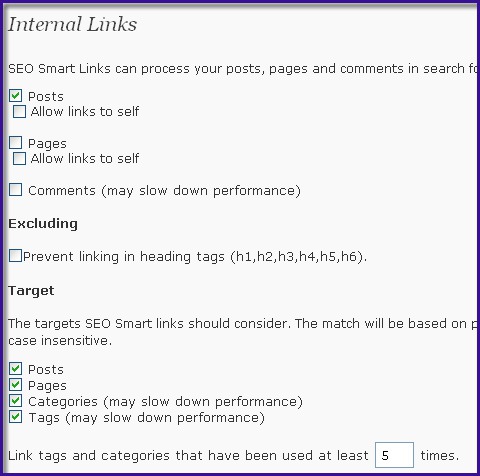We all know which issues blog templates usually have with SEO – and one of the most wide-spread problems is a duplicate content one: blog home page, categories, tags and archives basically have same content.
This post looks at easy ways to eliminate the problem at blog category pages to make them SEO-friendlier.
Disable Indexing of Your Categories
(Warning: if you use this step, you don’t need the rest of the post)
If you are sure that your category pages are not going to generate any search traffic for you, you may just exclude them from Google’s index. One option is to use All-in-One SEO Pack for that.
However a much smarter plugin for that is Meta Robots WP plugin that allows to use noindex,follow robots meta tags for category pages to forbid indexing while allowing to follow the links to individual posts:

If you still want your category pages to be able to appear in search engine result pages, skip this one and proceed to the following steps:
1. Eliminate Duplicate Content
The hugest issue with your categories is that they don’t have unique content. We’ll change that though:
1. Display category descriptions:
Most people are aware of the fact that there’s a handy extra field at your category editor page called “Description“. Few people use it to the full potential though.
By default, the category description is shown when you hover over the category link in the sidebar widget. To display it on your individual category page you will need to use the following code:
<div><?php echo category_description(3); ?></div>

Now, if you need any HTML in there, take advantage of this plugin: it doesn’t have a visual editor but it lets you insert any HTML in your category description.
2. Work on the list of posts
You want to make the category pages lightweight and as unique as possible. For that you need to either:
- Strip the post extract and only display the list of post headings; OR
- Display excerpts of the page (to strip images, formatting, links, etc).
For the first option you will just need to go to the theme editor and remove
<?php the_content(‘Read more…’); ?>
part that follows each page title.
And for the second option you will need to change that for:
<?php the_excerpt(); ?>
Now, if you need to modify which type of HTML tags you want to strip in your excerpts, use this plugin that:
- Keeps HTML markup in the excerpt (and you get to choose which tags are included)
- Trims the excerpt to a given length using either character count or word count

3. Optimize Paging Structure
WordPress SEO Pager plugin implements a multi-page customizable pager to replace the standard, boring WordPress “Earlier Posts” and “Newer Posts” links. This improves SEO as well as usability.
- Add page numbers to category and archive listing page titles.
- Optionally excerpt posts on page numbers greater than 1.
- Let the search bot easier access deeper pages:

4. Interlink your categories
Yes, your categories are already linked to sitewide from your blog sidebar. However you should also link to them organically from the post content as well as vary the internal anchor text:
- Use this method I described earlier to smartly interlink your blog pages automatically;
- Vary anchor text using one of these plugins that allow some more advanced tools to interlink your blog content.

Any other tips to optimize your blog categories? Let me know in the comments!



